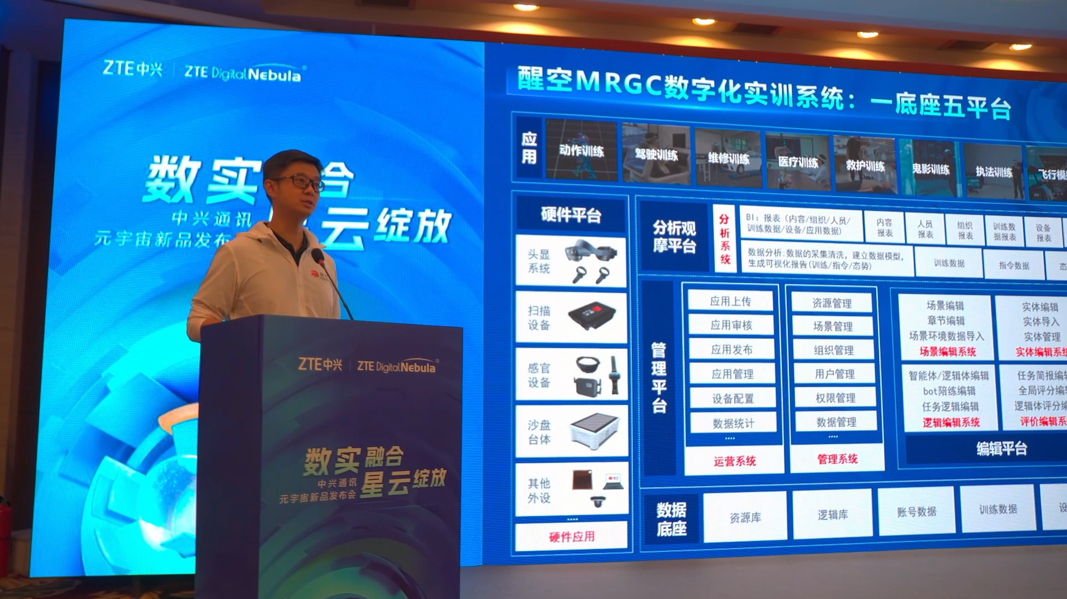Samsung plans to launch its XR headset in limited quantities by the end of 2024.
South Korea's "Central Daily News"reportAccording to reports, Samsung plans to announce the headset at an event in the second half of 2024 and launch it in December with an initial quantity of only 30,000 units.
《中央日报》提到该头戴设备使用三星Display的OLED微显示屏。2023年5月,三星收购了美国的OLED微显示公司eMagin,并确认其目的是“强化其XR相关业务”。OLED微显示屏也用于Apple VisionPro中。它们可以实现比LCD面板分辨率高得多的紧凑头戴设备设计。
In December, South Korean news outlet ETNews reported that Samsung had built a prototype of the headset and was in trial production, with plans to provide samples to developers.
In February, "Samsung officially announced" that it was developing an XR headset, with Google responsible for the system software, using a new Android variant, and Qualcomm providing the chipset.
At Google I/O in May, Google said it would "share more information later this year" about the collaboration, but there was no mention of it at either Samsung or Google's October hardware event. In July, SBS Biz, a Korean news outlet, reported that Samsung had delayed and redesigned the headset after the launch of the Apple Vision Pro exceeded its expectations.
In August, a Chinese news outlet shared images and specs of an early prototype of the headset, but retracted the article days later. In September, South Korean news outlet Mainichi Business Daily suggested that Samsung’s headset might cost around US$2,000.Meta左右。
Most recently, last week, Qualcomm confirmed plans to release a new XR chip early next year that's more powerful than the Snapdragon XR2 Gen 2 in the Quest 3, which is likely to be the chip Samsung will use in its device.
Samsung’s history in VR
Since 2014, Samsung has cooperated with Facebook to launch the mobile phone-based Gear VR headset, which is actually the first mass-market VR product.
But by 2019, Gear VR was over, with standalone headsets like the Oculus Go and Oculus Quest gaining ground due to the inconvenience of plugging your phone in and draining its battery. A year later, Facebook officially gave up on Gear VR.
In late 2017, Samsung launched the Odyssey, a Windows PC VR headset, and a year later launched its successor, the Odyssey+, both of which used the same OLED displays as the original Oculus Quest and HTC Vive Pro. In 2020, the China Intellectual Property Office issued Samsung a patent for a successor, but no product was launched.
The Gear VR and Odyssey clearly never achieved enough success, but the success of Meta's Quest, computer vision advances in mixed reality, and the launch of the Apple Vision Pro may have prompted Samsung and Google to return to the XR space with standalone headsets The form of the device.





